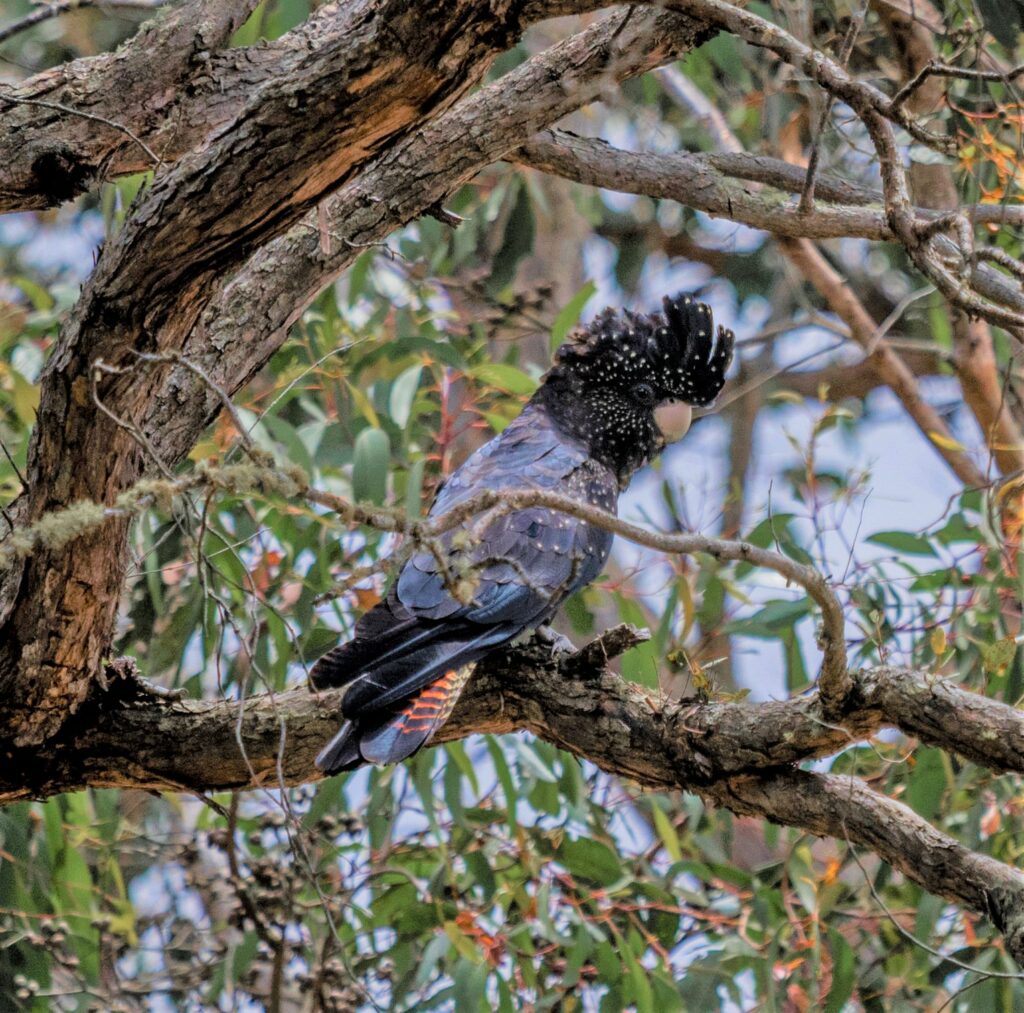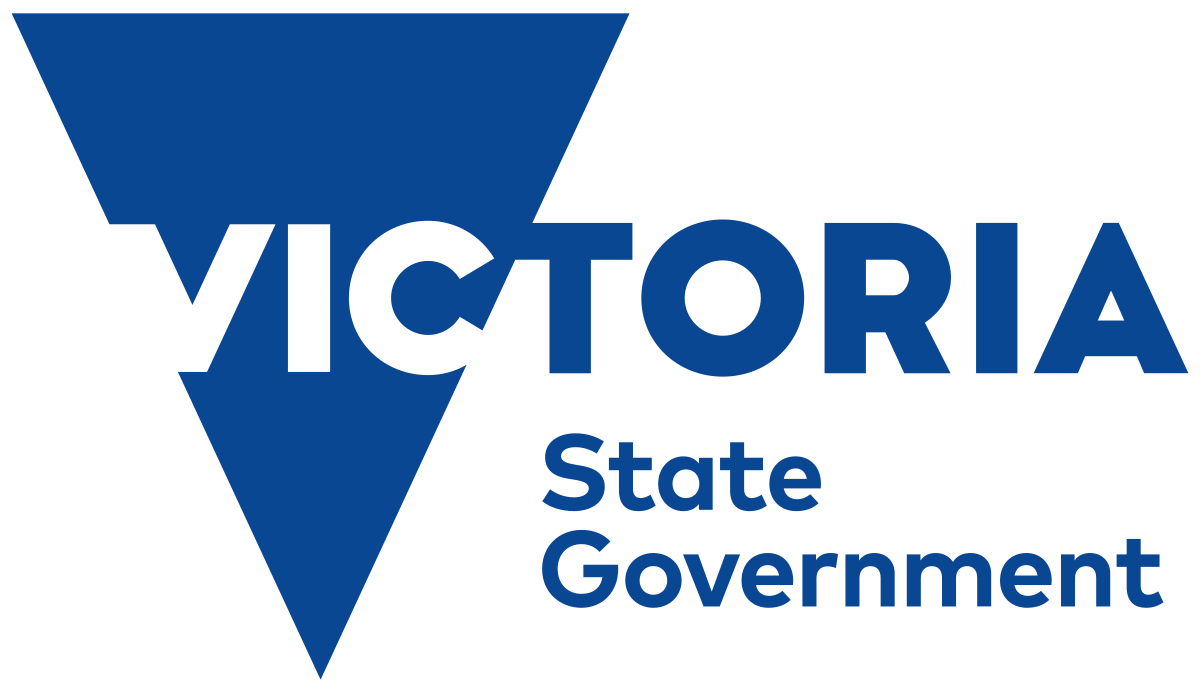Removing pines for Red-tails
Are you a landholder in Victoria’s southwest with stringybark trees on your farm? Then you might have critical feeding habitat for the endangered South-Eastern Red-Tail Black Cockatoo.
The Glenelg Hopkins CMA is working to implement invasive pine control in areas of stringybark and improve the currently scarce food resources for this endangered species.
If you have property within the region and want pine trees removed from stringybark habitat, we’d love to hear from you.
For further information, or to register your interest in this project please contact Rhiannon Fischer at Glenelg Hopkins CMA on 0457 250 487 or r.fischer@ghcma.vic.gov.au
Expressions of interest July 31 2022.
This project is funded by the Australian Government.
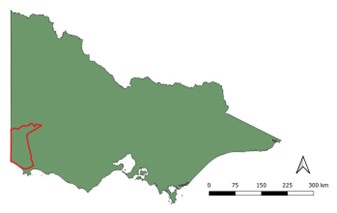
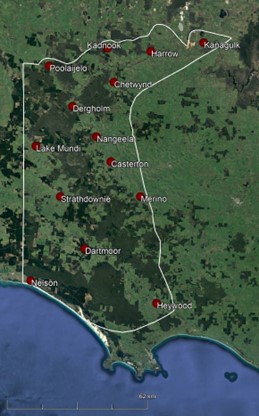
What is a Stringybark?
What is a Stringybark tree and why is it so important to the red-tails anyway?
Stringybark refers to a type of Eucalyptus tree.
There are two Stringybark species the Red-tails can feed on: Brown Stringybark (Eucalyptus baxteri) and Desert Stringybark (Eucalyptus arenacea). The third species they can feed on (but only seasonally) is Buloke (Allocasuarina luehmannii).
In the Glenelg Hopkins region it is mainly Brown Stringybark, with some Desert Stringybark and a very small amount of Buloke (these species are more common in the Wimmera).

There are two species of Black Cockatoo in the border region of South-west Vic and South-east South Australia – the Yellow-tailed Black Cockatoo and the South-eastern Red-tailed Black Cockatoo.
The Yellow-tailed Black Cockatoo is a common and widespread in Victoria, and generalist feeder able to feed on pine trees.The SE Red-tailed Black Cockatoo however is rare and endangered with a highly restricted range, and has a highly specialised feeding habit (due to its very small beak).
The SE Red-tailed Black Cockatoo can only feed on Stringybark and Buloke and approximately half of their feeding habitat has been cleared. Areas of remaining feeding habitat are vulnerable to threats such as invasion of pine trees.
Pine trees develop dense canopies and thick beds of litter that prevent Stringybark seedlings from accessing light (which they need to grow and survive).
Pine trees need to be controlled to ensure the next generation of Stringybark trees can establish and that there is food for these endangered birds in the future.
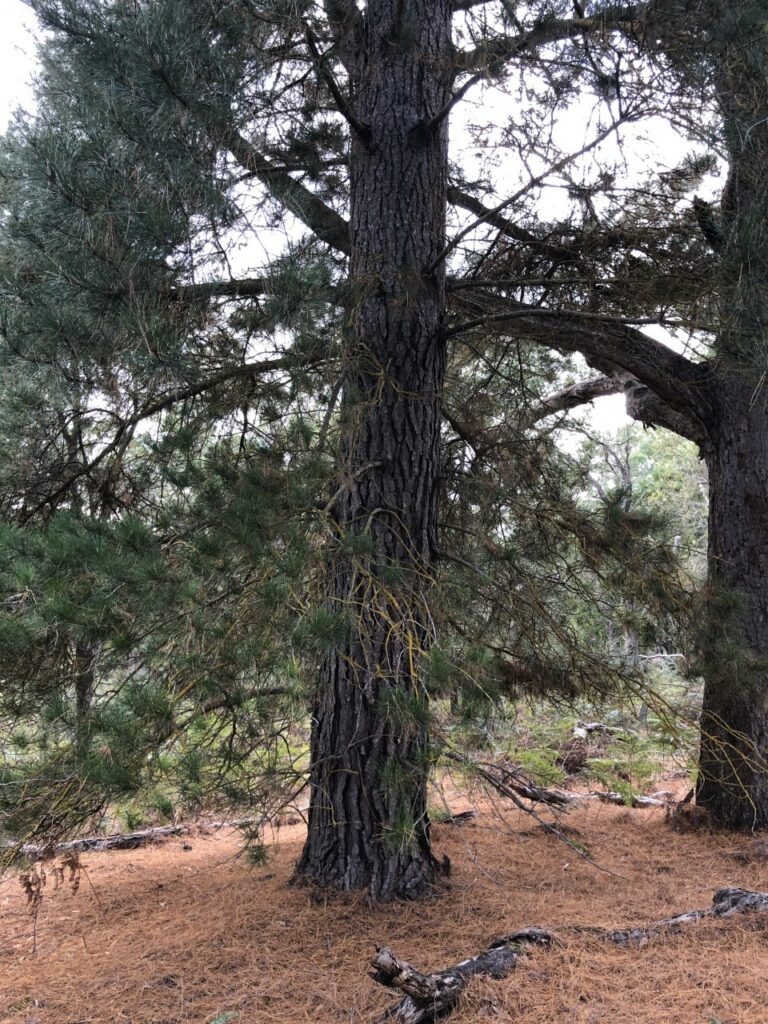
Which cockatoo is the endangered one?
There are 5 species of Black Cockatoo in Australia.
All are threatened other than the Yellow-tail which is common in Victoria but listed as ‘vulnerable’ in South Australia.
There are a further 5 sub-species of Red-tailed Black Cockatoo, two of which are threatened, including the South-eastern Red-tailed Black Cockatoo, which is endangered.
